 We’re thrilled to introduce this pioneering curriculum kit containing both the materials and programs to teach each Kindergarten Common Core standard for both English Language Arts and Math. Authored by Sam Blanco, MSEd, BCBA, the curriculum has been created exclusively for students in special education settings using the evidence-based principles of Applied Behavior Analysis (ABA).
We’re thrilled to introduce this pioneering curriculum kit containing both the materials and programs to teach each Kindergarten Common Core standard for both English Language Arts and Math. Authored by Sam Blanco, MSEd, BCBA, the curriculum has been created exclusively for students in special education settings using the evidence-based principles of Applied Behavior Analysis (ABA).
We’re offering this robust curriculum kit for a limited-time introductory price of $499.95.
Completely unique, this kit contains a curriculum book that drills down into each standard and breaks it into teachable steps. Programs are presented in a format that supports data collection and ease of use. Each Common Core standard is presented on its own page with clear instructions detailing the Teaching Procedure, Discriminative Stimulus (Sd), and Materials required for teaching. Each standard lists several targets that demonstrate the component steps and skills required for mastery.
A thorough “how-to” guide presents the main tenets of ABA, giving staff an accessible understanding of Motivation and Reinforcement, Pairing, Prompting, Generalization, Natural Environment Teaching, Preference Assessment, and Data Collection. In addition, comprehensive Data Sheets are included, along with samples of how to complete them.
Our ABA Curriculum for the Common Core Kit comes with more than 24 quality, versatile manipulatives, flashcards, games and tools. The curriculum book explicitly explains how to use these materials to teach and generalize each standard. The materials included in the kit have been carefully selected to not only assess and teach each standard and prerequisite skill, but also be wonderful additions to any classroom setting. The materials can be used during more intensive group and one-to-one instruction, as well as during center time and independent play.
The goal of this curriculum kit is to make the Common Core standards accessible and relevant to students with autism and special needs. Additionally, by breaking each standard down and drilling into the prerequisite skills, the opportunity exists to use these Kindergarten programs for older students who are not developmentally able to meet grade-level standards. By equipping teachers with teachable steps for each and every standard and pairing the teaching with motivating, versatile materials, the ABA Curriculum for the Common Core Kit puts Kindergarten students in Special Education on the path to achieving success.
You can also purchase today the Curriculum Book separately for only $64.95 $59.95. This curriculum book is best utilized in conjunction with our ABA Curriculum for the Common Core Kit: Kindergarten and explicitly explains how to use the materials presented in the kit to teach and generalize each standard. Soft Cover, 176 pages, by Sam Blanco, MSEd, BCBA.
Special educators and consultants are already finding this to be an invaluable resource in the classroom.
Advance Praise for the ABA Curriculum for the Common Core
“ABA Curriculum for the Common Core is bound to be the type of reference book every special educator will be reaching for. With its comprehensive, accessible, and task-analyzed programs, ABA strategies, and data collection sheets, Sam Blanco has created a compilation dream for all educators working with children who have special needs.”
– Val Demiri, PhD, BCBA-D
“This highly organized and comprehensive curriculum is a must for all special education teachers working to implement the common core standards in the classroom. Every teacher and student need is anticipated and planned for. With this curriculum as a resource, the common core standards are no longer an obstacle, but instead an accessible program of study for all students.”
– Linda McSorley, Special Education Teacher



 What’s Happening Here?/What Comes Next? has the students talk about what is going on in the picture or what might happen next.
What’s Happening Here?/What Comes Next? has the students talk about what is going on in the picture or what might happen next.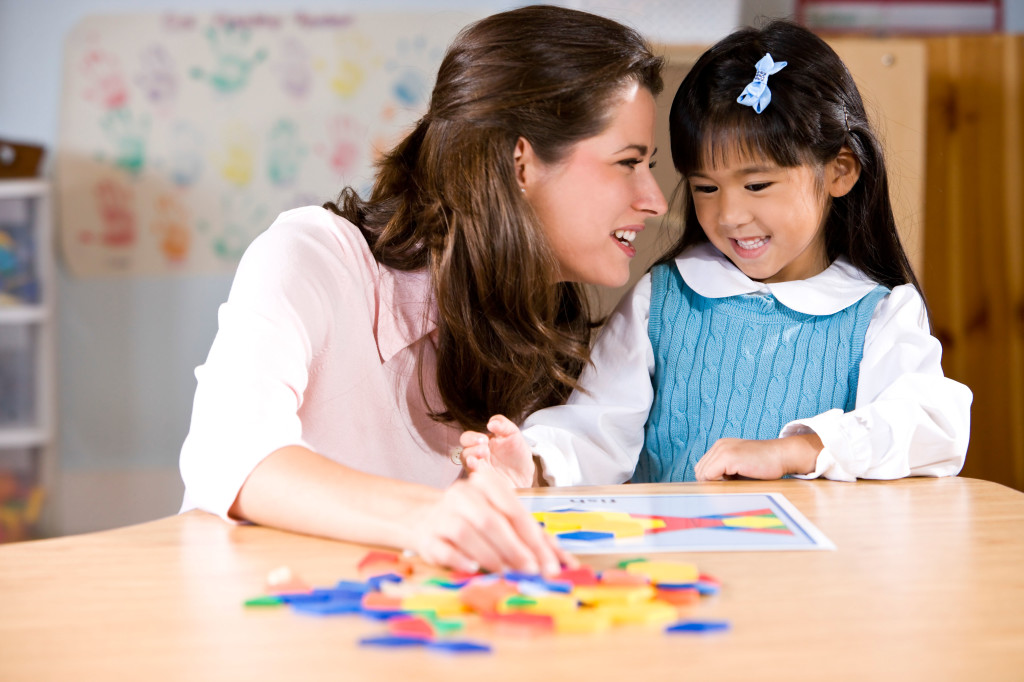 Many students with autism and other developmental disabilities have an IEP that mandates a 1:1 paraprofessional (called an instructional assistant or teaching assistant in some states, but referred to as paraprofessional for the purposes of this article). Recently, I had the opportunity to provide a workshop to a large group of paraprofessionals in New York City. I was surprised to hear how some felt disconnected from the families of their students, especially considering how deep their relationships are with their students.
Many students with autism and other developmental disabilities have an IEP that mandates a 1:1 paraprofessional (called an instructional assistant or teaching assistant in some states, but referred to as paraprofessional for the purposes of this article). Recently, I had the opportunity to provide a workshop to a large group of paraprofessionals in New York City. I was surprised to hear how some felt disconnected from the families of their students, especially considering how deep their relationships are with their students.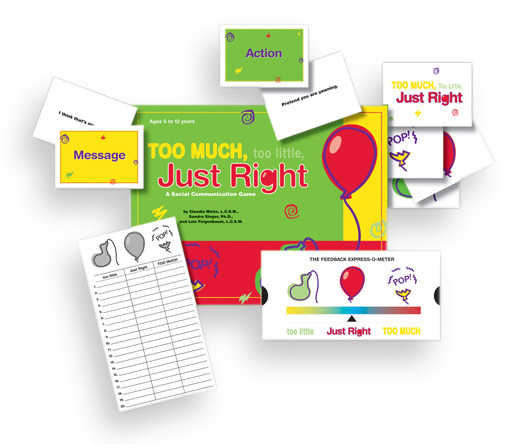





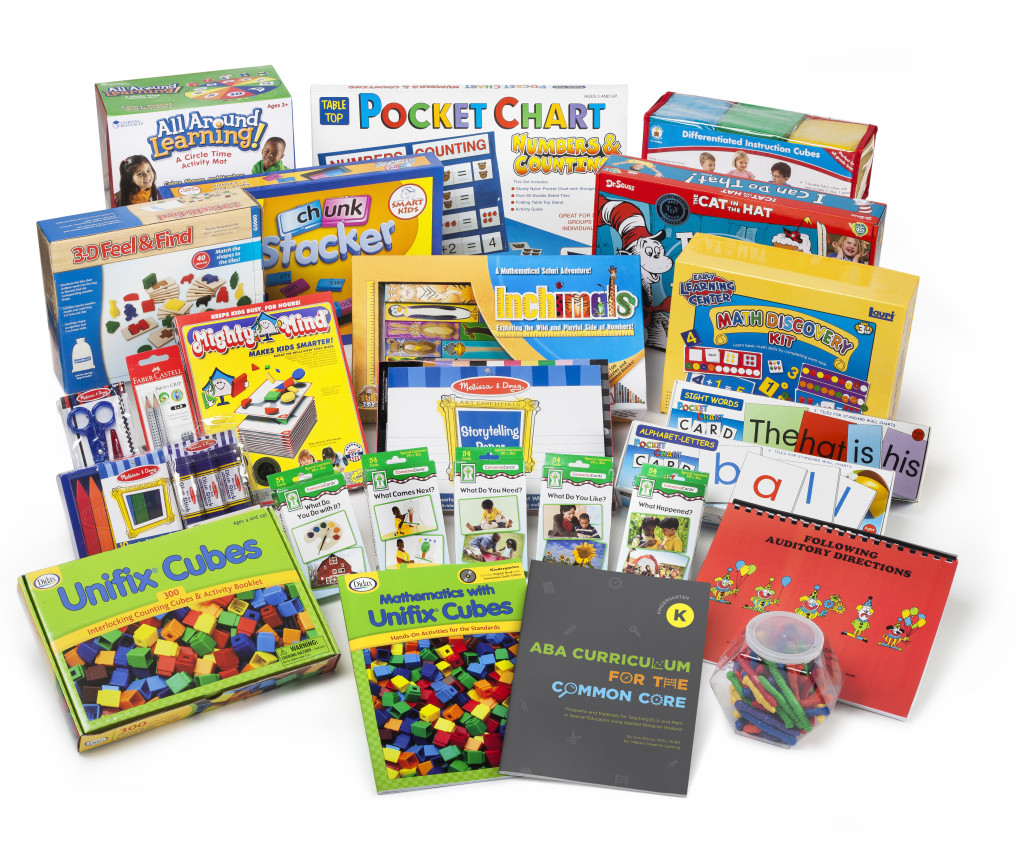
 Symbolic play refers to a child’s ability to use one object or action to represent a different object or action within imaginary play. The symbolic play skill that involves object substitution typically begins to emerge around 18 months. For example, you might observe a child using an empty box for a “hat” or an overturned bucket for a “drum.” Blocks are a mainstay in early childhood classrooms because the benefits are innumerable. Block play can help to facilitate cooperation, visuo-spatial skills, problem solving ability, social skills, and language development, and is a good predictor of future mathematical abilities.
Symbolic play refers to a child’s ability to use one object or action to represent a different object or action within imaginary play. The symbolic play skill that involves object substitution typically begins to emerge around 18 months. For example, you might observe a child using an empty box for a “hat” or an overturned bucket for a “drum.” Blocks are a mainstay in early childhood classrooms because the benefits are innumerable. Block play can help to facilitate cooperation, visuo-spatial skills, problem solving ability, social skills, and language development, and is a good predictor of future mathematical abilities.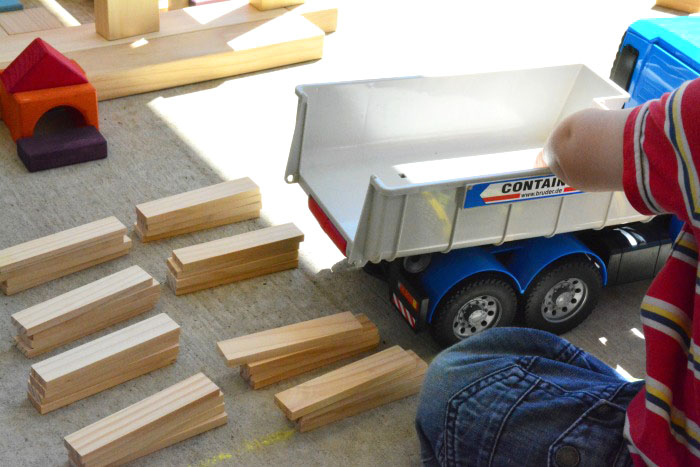 One hallmark of the diagnostic criteria for autism spectrum disorder is a presence of “persistent deficits in social communication and social interaction across multiple contexts, as manifested by difficulties in sharing imaginative play or in making friends.” Additionally, rigid thinking patterns may make symbolic play difficult for children with autism as they might view objects in a limited way that makes it difficult to pretend a block is something other than a block.
One hallmark of the diagnostic criteria for autism spectrum disorder is a presence of “persistent deficits in social communication and social interaction across multiple contexts, as manifested by difficulties in sharing imaginative play or in making friends.” Additionally, rigid thinking patterns may make symbolic play difficult for children with autism as they might view objects in a limited way that makes it difficult to pretend a block is something other than a block. 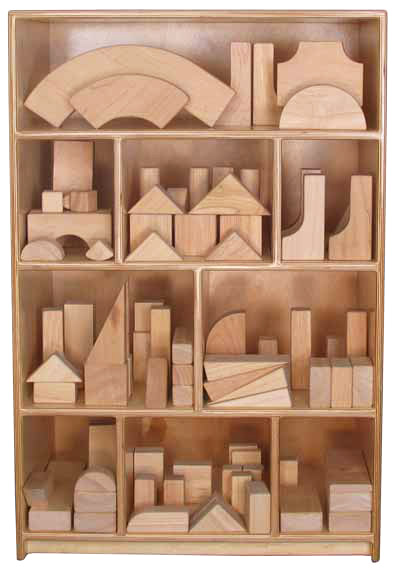 Since unit blocks are a huge component of early childhood classrooms everywhere one could imagine that exposure to them and some level of proficiency opens up huge social opportunities for learners with autism spectrum disorders with their mainstream peers in the classroom.
Since unit blocks are a huge component of early childhood classrooms everywhere one could imagine that exposure to them and some level of proficiency opens up huge social opportunities for learners with autism spectrum disorders with their mainstream peers in the classroom.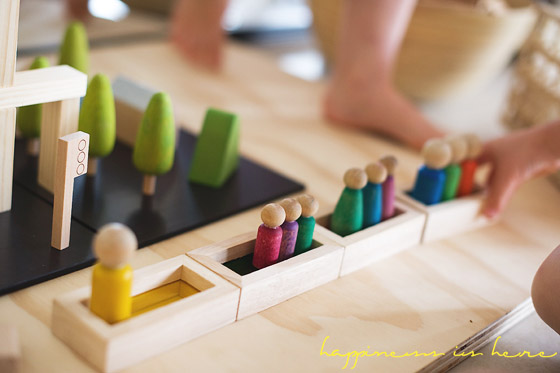 drawings of objects onto the blocks and then systematically fade them out. Once the learner begins to consistently use the blocks with the attached images you can use stimulus fading procedure to fade out the visual prompt. This can be done by photocopying the image and systematically changing the lightness until eventually the learner is presented with just the block.
drawings of objects onto the blocks and then systematically fade them out. Once the learner begins to consistently use the blocks with the attached images you can use stimulus fading procedure to fade out the visual prompt. This can be done by photocopying the image and systematically changing the lightness until eventually the learner is presented with just the block.
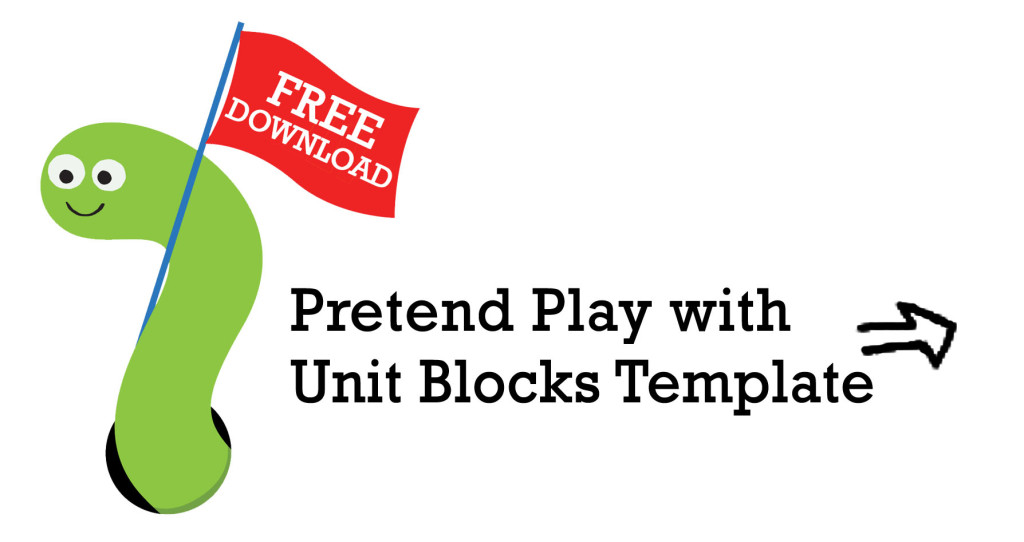
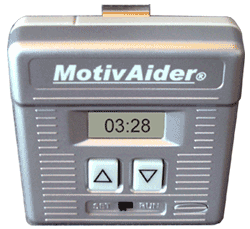 In this study, the researchers worked with a fifth grader with autism, a sixth grader with autism, and a fifth grader with cerebral palsy. They taught the boys to wear the MotivAider (calling it a pager) and note a + or a – to indicate their behavior each time the MotivAider vibrated. The behaviors they monitored were all related to being on-task: “eyes on my work,” “in my seat,” and “doing work.” Once each boy consistently rated his behavior upon feeling the vibration, the researchers implemented the intervention.
In this study, the researchers worked with a fifth grader with autism, a sixth grader with autism, and a fifth grader with cerebral palsy. They taught the boys to wear the MotivAider (calling it a pager) and note a + or a – to indicate their behavior each time the MotivAider vibrated. The behaviors they monitored were all related to being on-task: “eyes on my work,” “in my seat,” and “doing work.” Once each boy consistently rated his behavior upon feeling the vibration, the researchers implemented the intervention.